Government Support and Regulation
Government support plays a crucial role in the development of the Autonomous Trains Market Industry. Various governments are implementing policies and regulations that promote the adoption of autonomous technologies in public transportation. Financial incentives, grants, and subsidies are being offered to companies that invest in autonomous train systems. For example, recent initiatives in several countries have allocated substantial funding for research and development in rail automation. This support is expected to accelerate the deployment of autonomous trains, with projections suggesting that the market could reach a valuation of over 100 billion by 2030. Such government backing not only fosters innovation but also enhances public confidence in the safety and reliability of autonomous train systems.
Urbanization and Population Growth
The Autonomous Trains Market Industry is significantly impacted by urbanization and population growth trends. As urban areas expand and populations increase, the demand for efficient and reliable public transportation systems intensifies. Autonomous trains offer a solution to the challenges posed by overcrowded cities, providing a fast and efficient means of transport. Data indicates that urban populations are expected to rise by 2.5 billion by 2050, necessitating the development of advanced transportation infrastructure. The Autonomous Trains Market Industry is poised to benefit from this trend, as cities look to integrate autonomous train systems into their public transport networks to alleviate congestion and improve mobility.
Sustainability Focus in Transportation
The Autonomous Trains Market Industry is increasingly influenced by a growing focus on sustainability and environmental responsibility. As nations strive to reduce carbon emissions and combat climate change, the shift towards electric and autonomous trains is becoming more pronounced. These trains are designed to be energy-efficient, utilizing renewable energy sources and advanced energy management systems. Reports indicate that the adoption of autonomous trains could lead to a reduction in greenhouse gas emissions by up to 30% compared to traditional rail systems. This sustainability trend not only aligns with global environmental goals but also appeals to consumers and governments alike, thereby driving investment and innovation within the Autonomous Trains Market Industry.
Cost Efficiency and Operational Savings
Cost efficiency is a driving factor in the Autonomous Trains Market Industry, as operators seek to reduce expenses while maintaining high service levels. Autonomous trains are designed to optimize operational costs through automation and advanced technologies. By minimizing human intervention, these systems can reduce labor costs and enhance scheduling efficiency. Furthermore, predictive maintenance enabled by data analytics can lead to significant savings by preventing costly breakdowns and service interruptions. Industry estimates suggest that the implementation of autonomous train systems could result in operational savings of up to 20% over traditional rail systems. This potential for cost reduction is likely to attract more stakeholders to invest in the Autonomous Trains Market Industry.
Technological Advancements in Autonomous Trains
The Autonomous Trains Market Industry is experiencing rapid technological advancements that are reshaping the landscape of rail transportation. Innovations in artificial intelligence, machine learning, and sensor technologies are enhancing the operational efficiency and safety of autonomous trains. For instance, the integration of advanced communication systems allows for real-time data exchange between trains and control centers, significantly reducing the risk of accidents. According to recent data, the market for autonomous train technologies is projected to grow at a compound annual growth rate of over 15% in the coming years. This growth is driven by the increasing demand for automation in transportation, which is expected to streamline operations and reduce operational costs in the Autonomous Trains Market Industry.


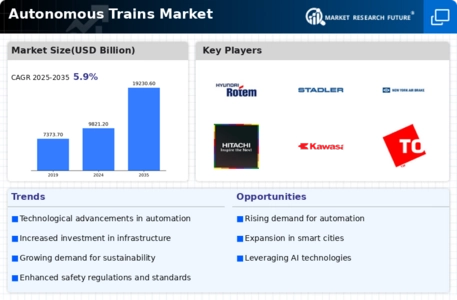
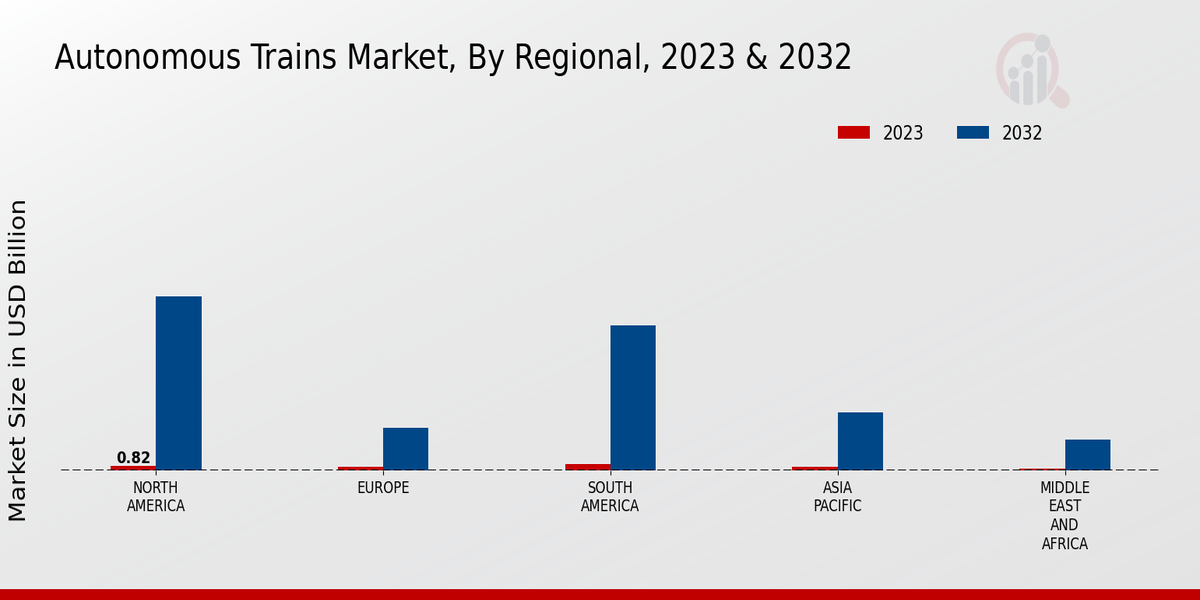
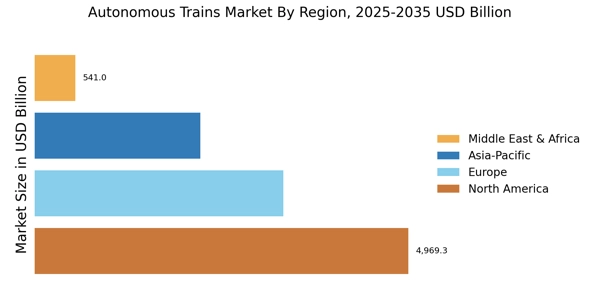
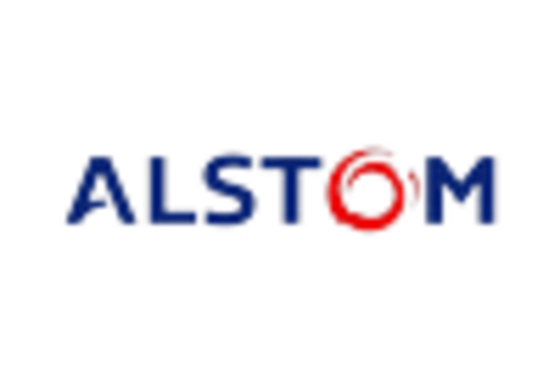




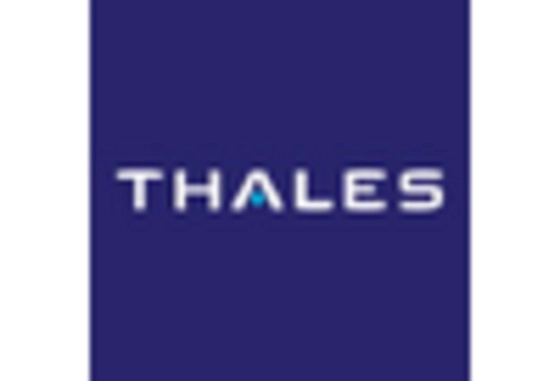








Leave a Comment